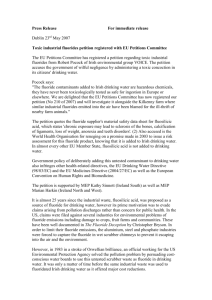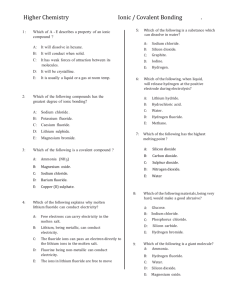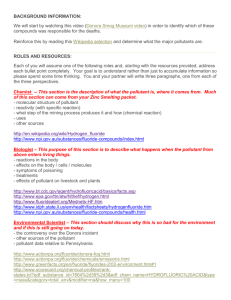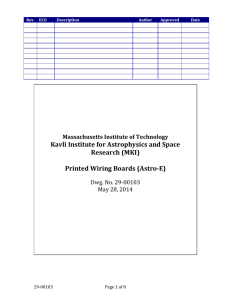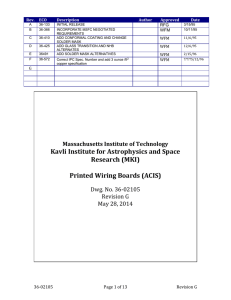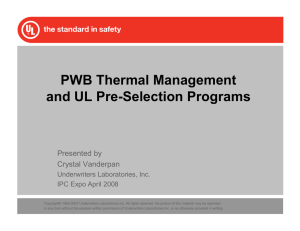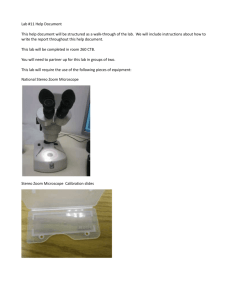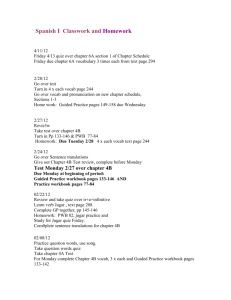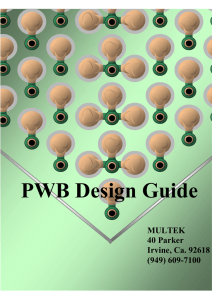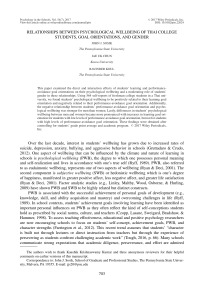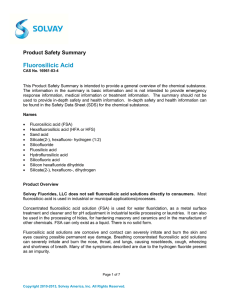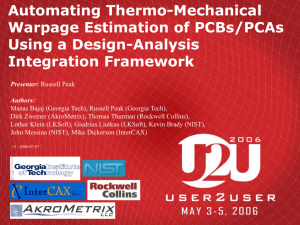Subject: Upstream Public Health Questions
advertisement
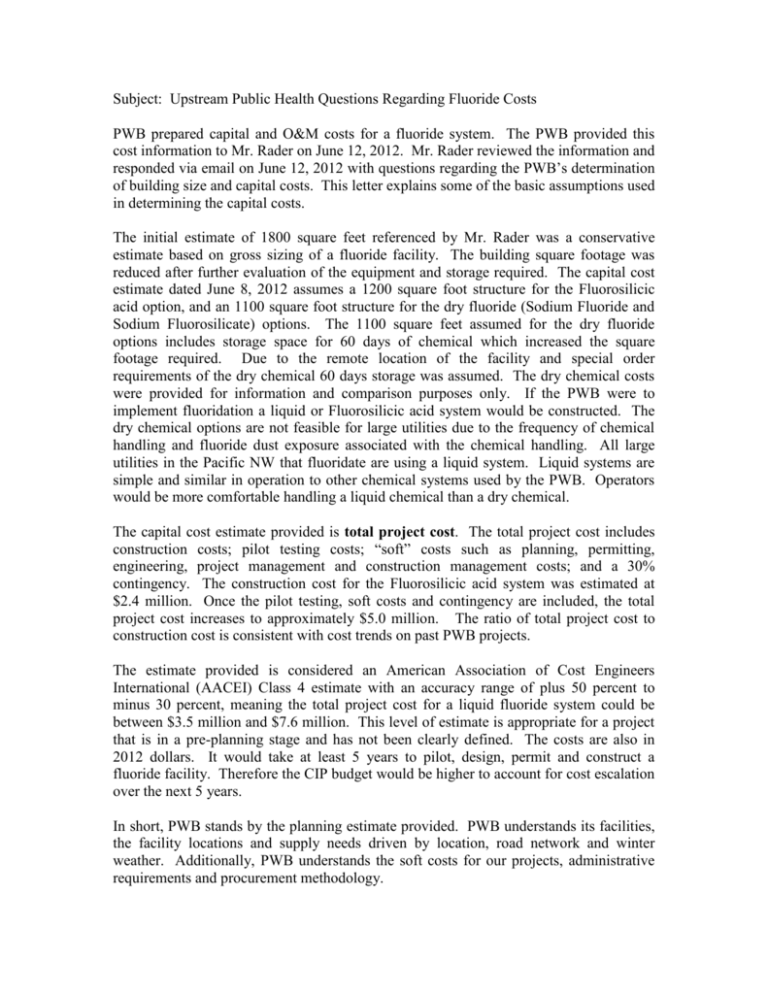
Subject: Upstream Public Health Questions Regarding Fluoride Costs PWB prepared capital and O&M costs for a fluoride system. The PWB provided this cost information to Mr. Rader on June 12, 2012. Mr. Rader reviewed the information and responded via email on June 12, 2012 with questions regarding the PWB’s determination of building size and capital costs. This letter explains some of the basic assumptions used in determining the capital costs. The initial estimate of 1800 square feet referenced by Mr. Rader was a conservative estimate based on gross sizing of a fluoride facility. The building square footage was reduced after further evaluation of the equipment and storage required. The capital cost estimate dated June 8, 2012 assumes a 1200 square foot structure for the Fluorosilicic acid option, and an 1100 square foot structure for the dry fluoride (Sodium Fluoride and Sodium Fluorosilicate) options. The 1100 square feet assumed for the dry fluoride options includes storage space for 60 days of chemical which increased the square footage required. Due to the remote location of the facility and special order requirements of the dry chemical 60 days storage was assumed. The dry chemical costs were provided for information and comparison purposes only. If the PWB were to implement fluoridation a liquid or Fluorosilicic acid system would be constructed. The dry chemical options are not feasible for large utilities due to the frequency of chemical handling and fluoride dust exposure associated with the chemical handling. All large utilities in the Pacific NW that fluoridate are using a liquid system. Liquid systems are simple and similar in operation to other chemical systems used by the PWB. Operators would be more comfortable handling a liquid chemical than a dry chemical. The capital cost estimate provided is total project cost. The total project cost includes construction costs; pilot testing costs; “soft” costs such as planning, permitting, engineering, project management and construction management costs; and a 30% contingency. The construction cost for the Fluorosilicic acid system was estimated at $2.4 million. Once the pilot testing, soft costs and contingency are included, the total project cost increases to approximately $5.0 million. The ratio of total project cost to construction cost is consistent with cost trends on past PWB projects. The estimate provided is considered an American Association of Cost Engineers International (AACEI) Class 4 estimate with an accuracy range of plus 50 percent to minus 30 percent, meaning the total project cost for a liquid fluoride system could be between $3.5 million and $7.6 million. This level of estimate is appropriate for a project that is in a pre-planning stage and has not been clearly defined. The costs are also in 2012 dollars. It would take at least 5 years to pilot, design, permit and construct a fluoride facility. Therefore the CIP budget would be higher to account for cost escalation over the next 5 years. In short, PWB stands by the planning estimate provided. PWB understands its facilities, the facility locations and supply needs driven by location, road network and winter weather. Additionally, PWB understands the soft costs for our projects, administrative requirements and procurement methodology.


